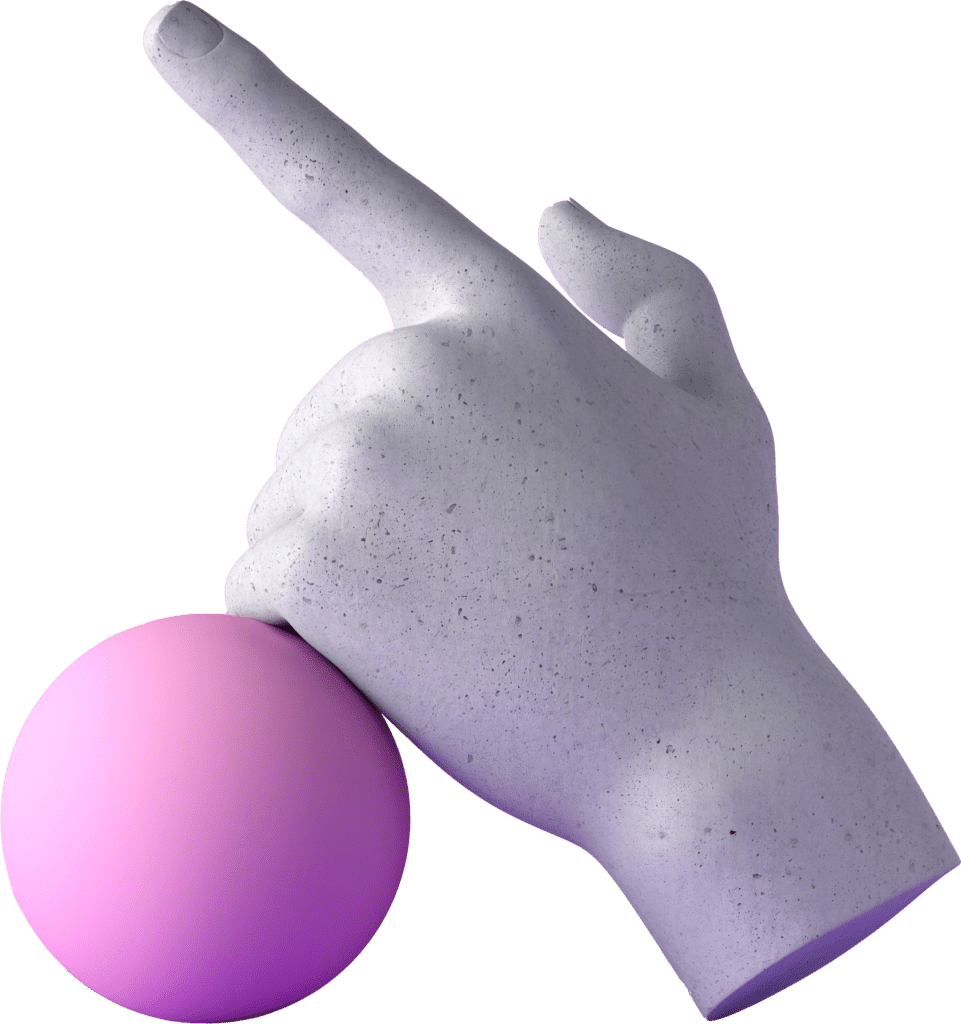The main Posschain Blockchain consists of several parts classified in two ways: Micro Chains and Macro Chains.
As the foundation of the Posschain platform, Micro Chain controls and coordinates the entire network and is responsible for security, consensus, and monitoring. Verifiers on the Posschain Blockchain stake the native cryptocurrency on the Micro Chain. Since the primary responsibility of the Micro Chain is to coordinate the network, it has minimal functionality to enable it to fulfill its obligations.

One of the primary responsibilities of Micro Chain is to secure the network. Including the block header from each piece, the chain helps strengthen the security and consistency of the various states of the pieces that make up the network. After a new block is linked to a shard chain, the block header is sent to the Micro Chain. Micro Chain then checks the validity of the block header as follows:
1) Verifying the previous block’s hash already processed in the Micro Chain.
2) Verifying who signed the multi-signature of the block to ensure the authenticity of the verifier for this piece.
The committed block headers on the Micro Chain are then broadcast to the network. After broadcasting, each shard adds the block headers to its internal chain that follows the current block headers of all other bits in the network. These internal chains validate transactions on other bits.
Adding the block headers of fragment chains to the Micro Chain provides the following benefits:
1) The difficulty of attacking a single shard increases as attackers must corrupt both the shard chain and the Digest Chain to convince the other shards that an alternative block is valid.
2) Reduced network cost associated with publishing block headers between shards.
Other notable jobs are delegated to Multiple Chains with different applications and features. Macro Chains, which are multiple chains operating simultaneously, can be an instance of an existing blockchain or independent blockchains with their use cases and tokens. Macro Chain is a blockchain that processes and validates its transactions and stores its state.
While relatively independent, each multi-chain communicates with other ecosystem parts through cross-part communication. Cross shard communication breaks the barrier between shards in a shard-based blockchain, allowing each bit in the ecosystem to expand its functionality. This is accomplished in one of three ways:
1) Relying on the main chain facilitates communication between parts, also known as central chain-oriented communication.
2) The use of a client-driven cross-shard processing mechanism, also known as client-driven communication, in which messages between shards are collected and sent by clients of the ecosystem.
3) Messages sent between shards by nodes in the bit without external assistance, also known as shard-based communication.
Client-oriented communication places an unnecessary burden on the clients of the network. Resource-intensive, main-chain-oriented communication includes limitations when network traffic and transaction activity increase. Therefore, Posschain implements piece-oriented communication. The advantages far outweigh the disadvantages, especially when compared to the other two cross-piece communication methods. Using erasure codes to encode messages, Posschain reduces the overall communication cost in the network by using a network-level broadcast in fragment-oriented communication. This ensures the robustness of the cross-shard communication on the Posschain Blockchain.























